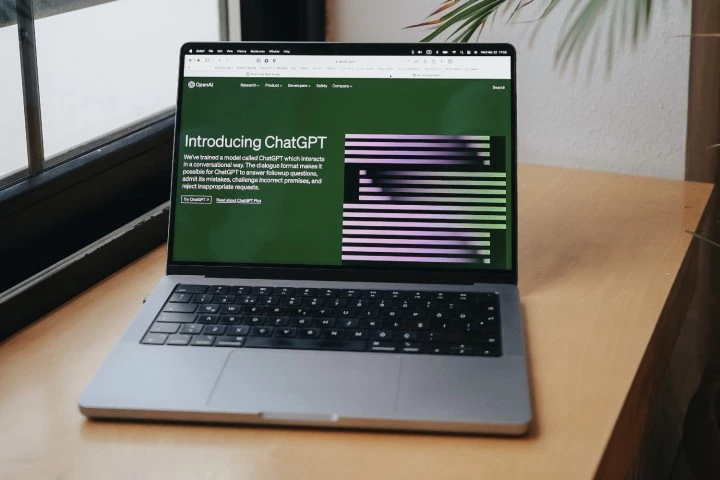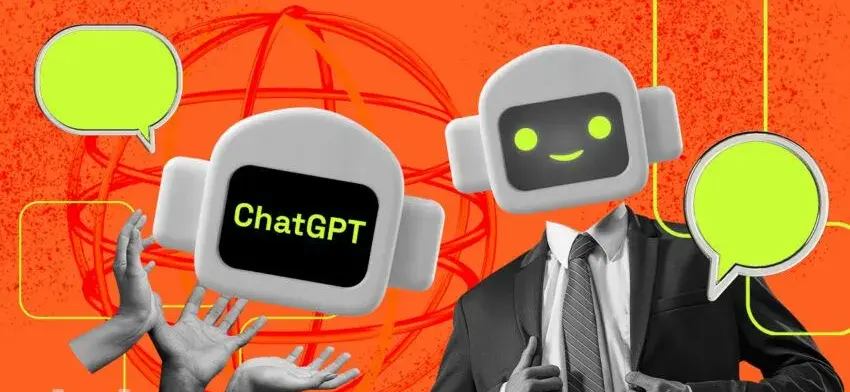ChatGPT has the capacity to change the radically way we interact with technology. It can help us with a bundle of tasks, from answering questions to personalized recommendations. However, with the advent of its benefits, there are some risks also that come along with it. In this article, we will cover some of the possible risks of ChatGPT and discuss the strategies for mitigating them, along with the importance of identity verification.
One risk that can cause a major concern is the misuse of the potential of the ChatGPT. It is because it can generate text that is in the human form and very difficult to distinguish. It can also be used in a variety of ways, such as spreading misinformation, hate speech, or even propaganda. Moreover, it is trained on a large collection of written texts that may reproduce and amplify biases available in the data it was trained on. For example, if the training data has the amount of text that is disproportionately done by men, ChatGPT has the ability to generate text that can be subtly against the women.
Responsible AI for a Secure Future
In order to mitigate the risks, it is necessary to make sure that the ChatGPT is used in an ethical way and with responsibility. This can happen with the help of technical measures along with human oversight. One of the technical measures that can mitigate the risk of bias is to create the training data used to train ChatGPT carefully. This may include the problematic text, and make sure that the training data is varied and assorted and representative of different perspectives.
One more strategy that can help in mitigating the risks of ChatGPT is to implement vigorous human oversight. This might include the team of moderators that are well-trained to review the text created b the ChatGPT. They also make sure that it is appropriate and does not violate any legal or ethical standards. Moreover, it can help in developing guidelines that are clear for the acceptable use of ChatGPT and make sure that all the users are aware of the guidelines.
Additionally, there is another way besides technical measures and human oversight. Identity verification can be a practical tool for mitigating the risks associated with ChatGPT. By requiring the users to verify their identity before using ChatGPT, there is a way to ensure that the tool is used only by legitimate users who are accountable for their actions. This will help in preventing the spread of misinformation, hate speech, and other harmful content.
There are numerous techniques to implement identity verification. One strategy is to demand that users sign up for an account and confirm their identity using a form of government-issued identification, like a passport or driver’s license. This strategy has the potential to successfully stop the establishment of phony accounts and confirm that users are who they say they are. However, it can be time-consuming and could lead to a barrier for some users.
Another strategy is to confirm users’ identities via biometric authentication, like fingerprint or face recognition. While this method may be quicker and more practical than more established identity verification techniques, it may also pose privacy issues and call for the collection of sensitive personal data.
Whatever method is employed, it is crucial to make sure that identity verification is carried out in a way that safeguards user privacy and prevents unauthorized access to sensitive data. This may entail setting up robust access controls and data encryption, as well as constantly checking the system for indications of potential security breaches.
Identity verification can offer further advantages in addition to reducing the hazards related to ChatGPT. For instance, it may aid in preventing the establishment of phony accounts and limiting the dissemination of spam and other undesirable content. Additionally, it can give users a mechanism to authenticate themselves while communicating with other users, like in social networking platforms or online stores.
In summary, ChatGPT is a strong tool with a lot of potentials, but it also carries a number of concerns. Implementing a combination of technology controls, human oversight, and identity verification is crucial to reducing these risks. Identity verification can be a useful technique for making sure that only authorized, responsible users are using ChatGPT. Therefore, it is quite essential to implement identity verification in a way that will protect the user’s privacy and prevents unauthorized access to sensitive information. In order to take a proactive and responsible approach to the use of ChatGPT, we can tackle its potential while decreasing the risk.




